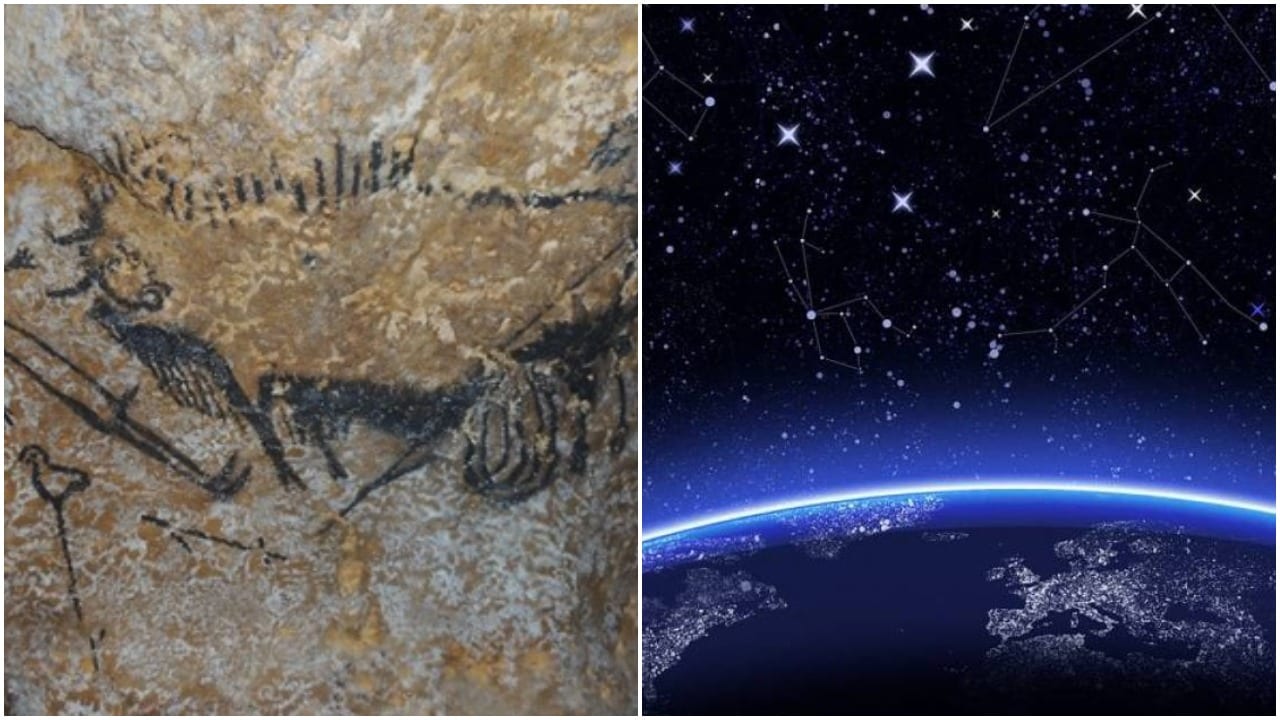
ANCIENT Spanish cave paintings have revealed how humans used astrology to tell the time as early as the Palaeolithic era, scientists have revealed.
What were originally thought to be abstract depictions of animals could be zodiac signs based on constellations as they appeared at the time.
The new research suggests that humans had sophisticated knowledge of complex star systems as long as 40,000 years ago.
Cave art found throughout Europe reveals that humans measured time by watching how stars change position in the night sky, using them to mark events such as comet attacks.
The phenomenon, known as precession of the equinoxes, is caused by the gradual shift of Earth’s rotational axis – a discovery previously credited to the ancient Greeks thousands of years later.
Their knowledge may have even aided navigation on the open sea, giving us a broader understanding of prehistoric human migration.
Teams from the universities of Edinburgh and Kent studied Palaeolithic and Neolithic cave paintings in Spain, Turkey, France and Germany.
“Early cave art shows that people had advanced knowledge of the night sky within the last ice age,” said Edinburgh university’s Dr Martin Sweatman. “Intellectually, they were hardly any different to us today.”
The team discovered that all sites used the same method of recording dates based on sophisticated astronomy, even though the art was separated in time by tens of thousands of years.
Animal symbols daubed on the cave walls were aged by chemically dating the paints. Then the team used computer software to predict the positions of stars when the paintings were made.
The results showed that what looked like abstract depictions of animals could be interpreted as zodiac signs based on constellations of the time.
Click here to read more Spain News from The Olive Press.








